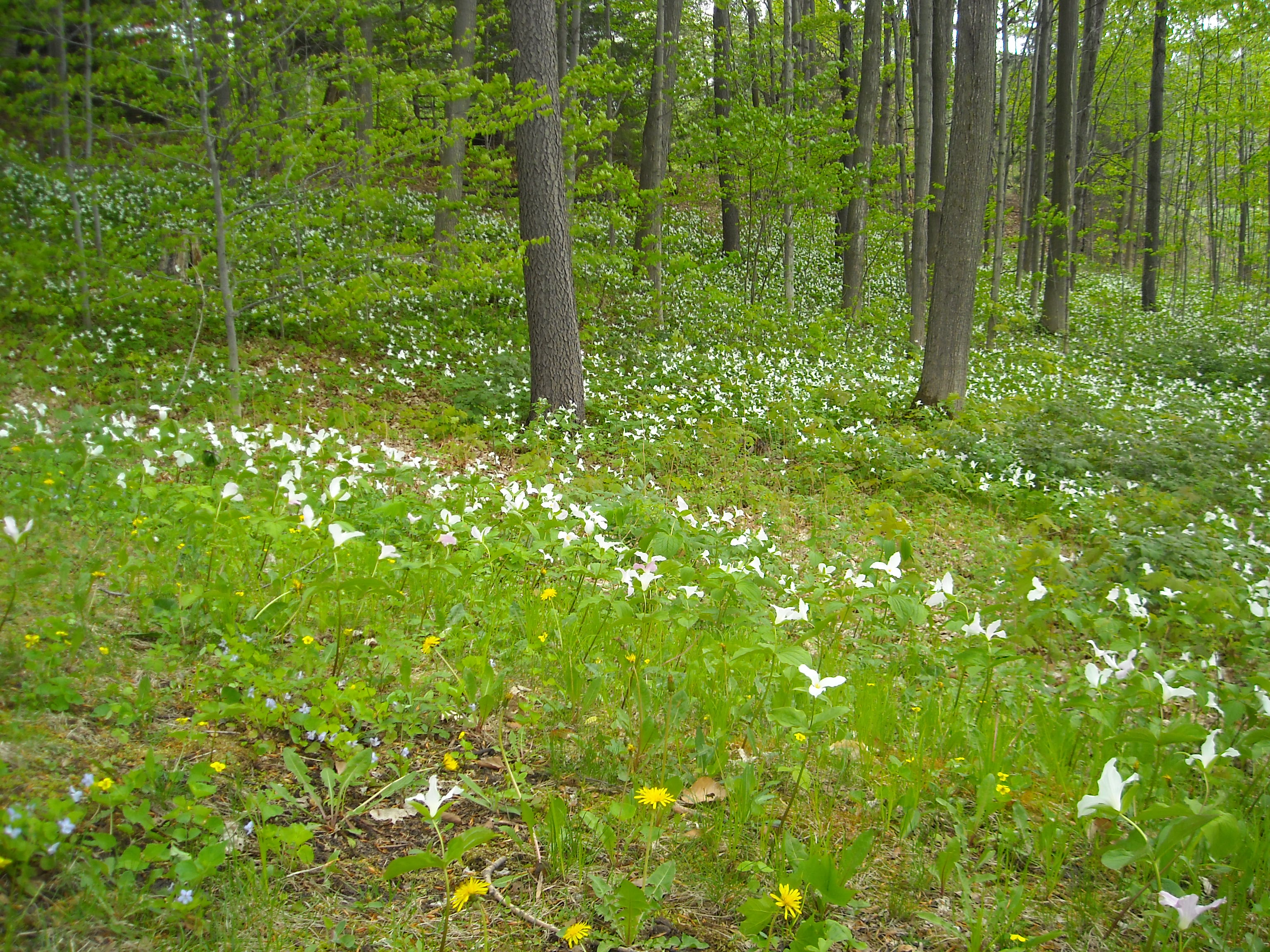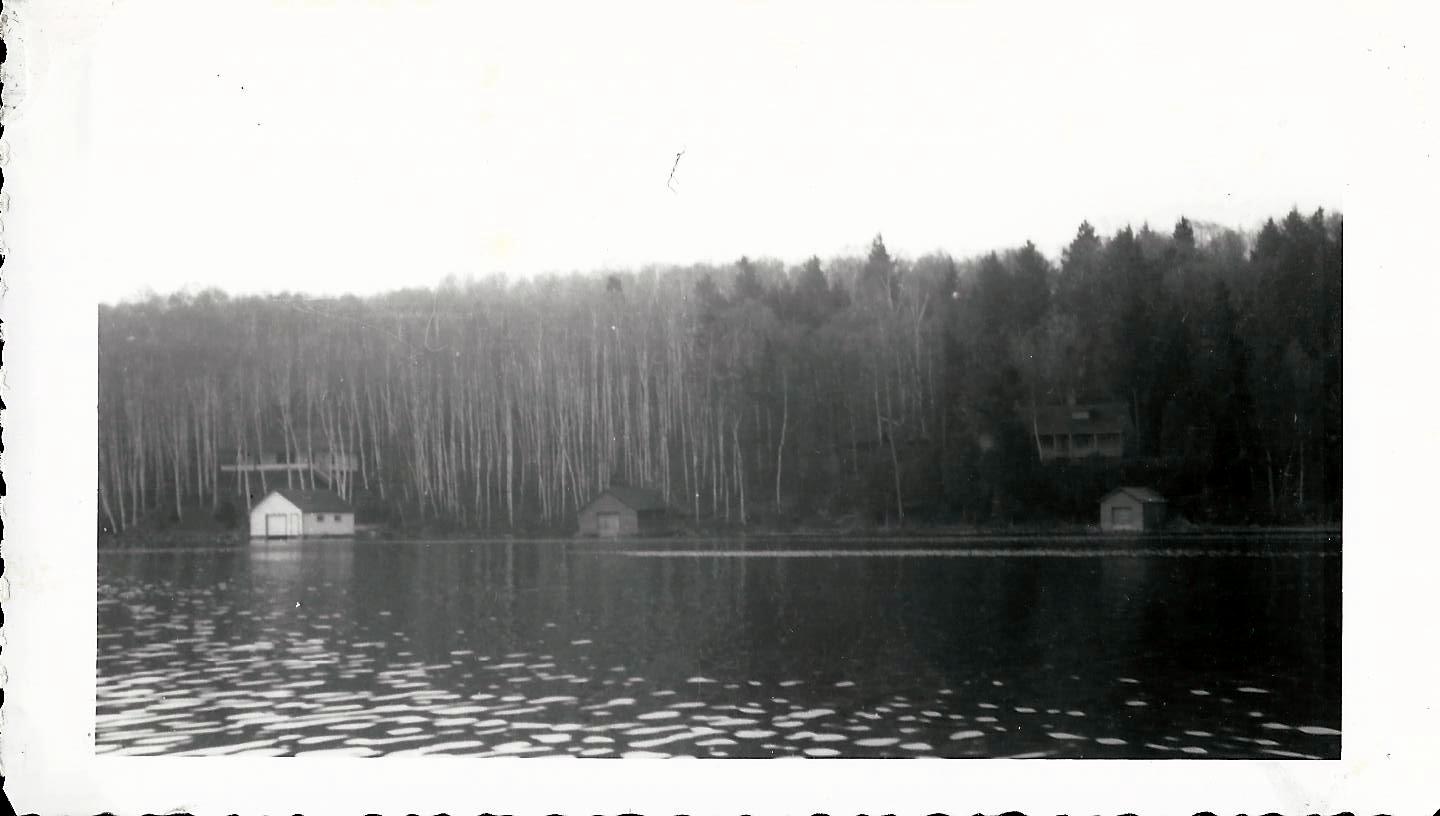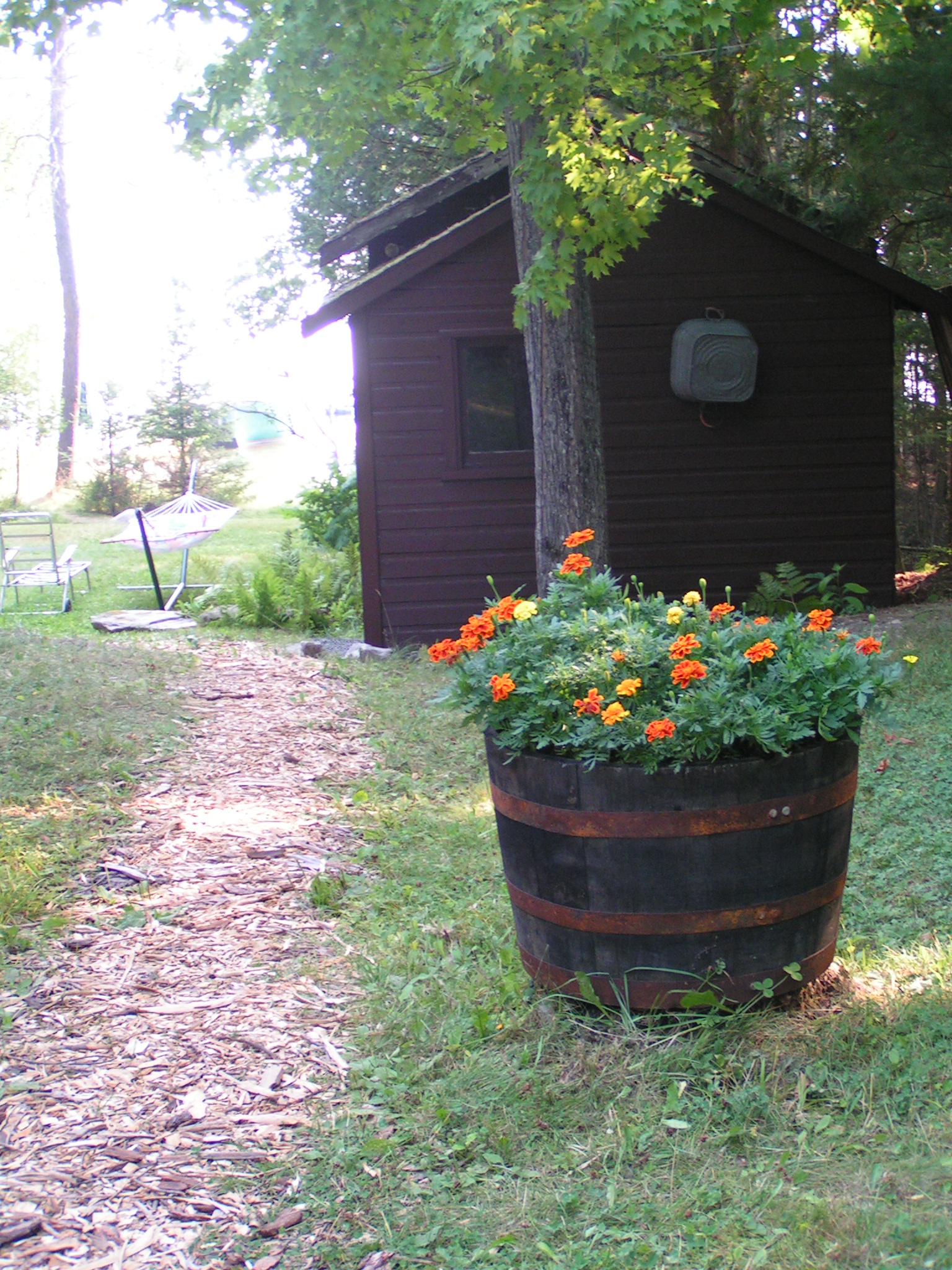In “Green Grass Running Water”, find three examples of names that need to be spoken aloud in order to catch the allusion. Discuss the examples as well as the reading technique that requires you to read aloud in order to make connections. Why does King want us to read aloud?
Reading out loud is something that most of us are used to before we learn how to read any other way. First we listen, and then I think that as kids, before we’re able to read silently in our head, we read out loud. And then we mostly forget about reading out loud, except when we have the chance to read to little kids.
I was introduced to Slam Poetry a few years ago, with this video “Shake the Dust”. I saw some slam poetry in person and loved the power of it. There are all kinds of oral performance and storytelling, and it was neat to see Thomas King’s poem, “I’m Not the Indian You Had in Mind,” read out loud by three different people and with other things happening on video. Have you ever seen the 1996 Romeo + Juliet? The medium changes so much about what we hear, see, and understand. There are other forms too, like yesterday’s new Zen Pencils that puts images with written words.
But reading out loud is what we’re talking about. When I first read the above question, I started saying all the names in “Green Grass Running Water” out loud. As Jane Flick says of the origins of her “Reading Notes”, this focus on reading out loud “began a very entertaining search for the answers to little puzzles” (140). But I was surprised by how many names I couldn’t hear any meaning in. I was expecting a game something like Mad Gab, which I must say I’m pretty good at. Instead, more of the names are direct or modified references to real-world people, places, and events.
The most easily spotted play-on-words for me was Ahdamn (40). His character is very recognizable from his context living with First Woman in a garden. I was struck mostly strongly by how secondary Ahdamn is to First Woman, a refreshing reversal from Adam and Eve! King’s spelling is also a very interesting choice, framing Adam as a kind of mistake: ah, damn.
Another type of reference is, for example, the Grand Baleen Dam (112). It refers to the Grande Baleine (Great Whale) River Project, a hydroelectric project on James Bay (Flick, 150). Like other names, this one refers to a word in another language, but the spelling changes the pronunciation. I wonder why King would spell the word “baleen”, instead of using a spelling that would sound like the French word baleine. Or, do the two have the same sound, in a certain local French accent? I wondered the same for some Aboriginal words he uses, but whose pronunciation I don’t know. The Shagganappi Lounge (66) “comes from the Algonquian word for rawhide cord” (Flick, 149). But how similar is the sound to the Algonquian word that it comes from? Is there a standard spelling for that word, in English letters, that King altered, or no common spelling? Some Aboriginal names from literature and from history I imagine are spelt in a common way by people who refer to them. Chingachgook, for example, from a novel (Flick, 141). But character names like this may have been made up by white authors and not be Indigenous names or words at all. And the English spelling of Aboriginal leaders and historical figures may have been transcribed very differently from their true pronunciation.
These questions might be some of the answer as to why King wants us to read out loud. They generate an awareness of the power of language, and the difference between spoken language and the written word. I’m looking forward to reading and writing more about all of these characters more next week!
Works Cited
Aung Than, Gavin, illus. “Desiderata.” By Max Ehrmann. Zen Pencils, 2 July 2015. Web. 3 July 2015. http://zenpencils.com/
Flick, Jane. “Reading Notes for Thomas King’s Green Grass Running Water.” Canadian Literature 161-162. (1999). Web. 3 July 2015.
King, Thomas. “Green Grass Running Water.” Toronto: Harper Collins, 1993. Print.
King, Thomas. “I’m not the Indian You had in Mind.” Video. Producer Laura J. Milliken. National Screen Institute. 2007. Web. 2 July 2015. http://www.nsi-canada.ca/2012/03/im-not-the-indian-you-had-in-mind
Mojgani, Anis. “Shake the Dust.” House of Blues, Orlando. 9 January 2010. Performance. Web. Youtube, 3 July 2015. https://www.youtube.com/watch?v=0qDtHdloK44
The Online Mad Gab Game. n.d. Web. 3 July 2015. http://www.freemadgabonline.com/
Travers, Peter. “William Shakespeare’s Romeo + Juliet.” Rolling Stone, 1 November 1996. Web. 3 July 2015. http://www.rollingstone.com/movies/reviews/william-shakespeares-romeo-juliet-19961101








